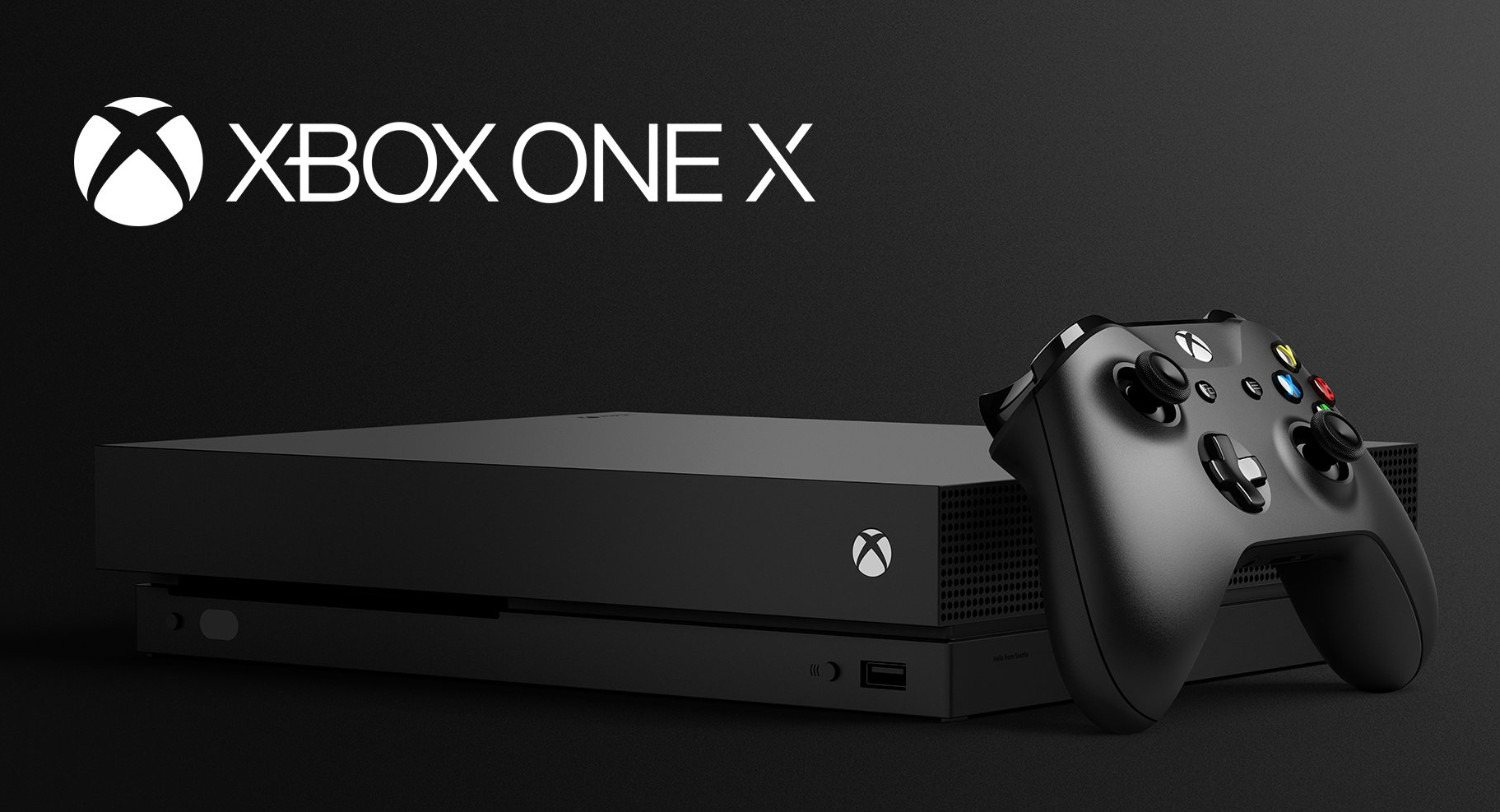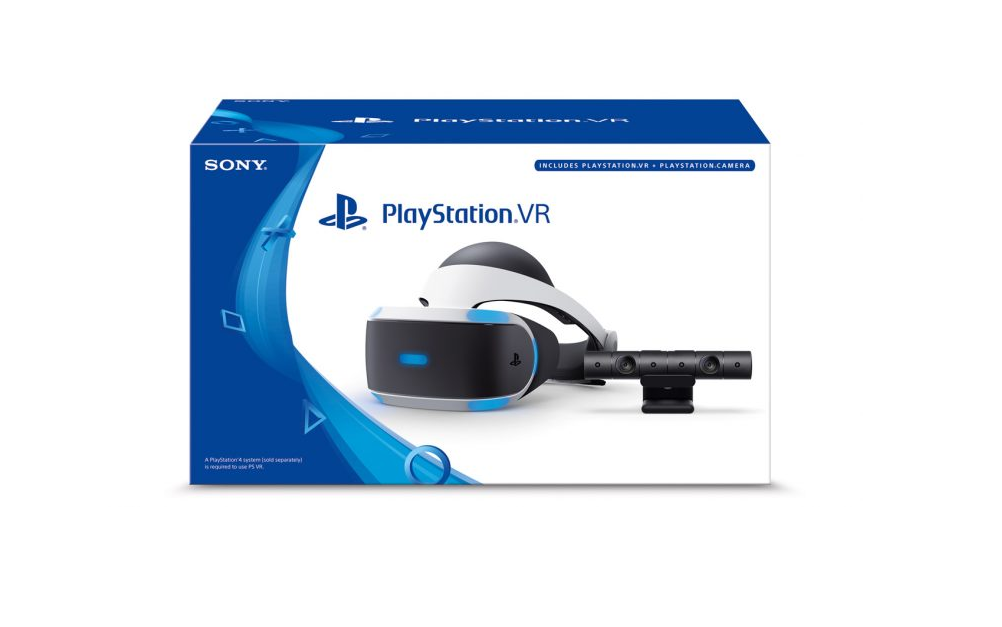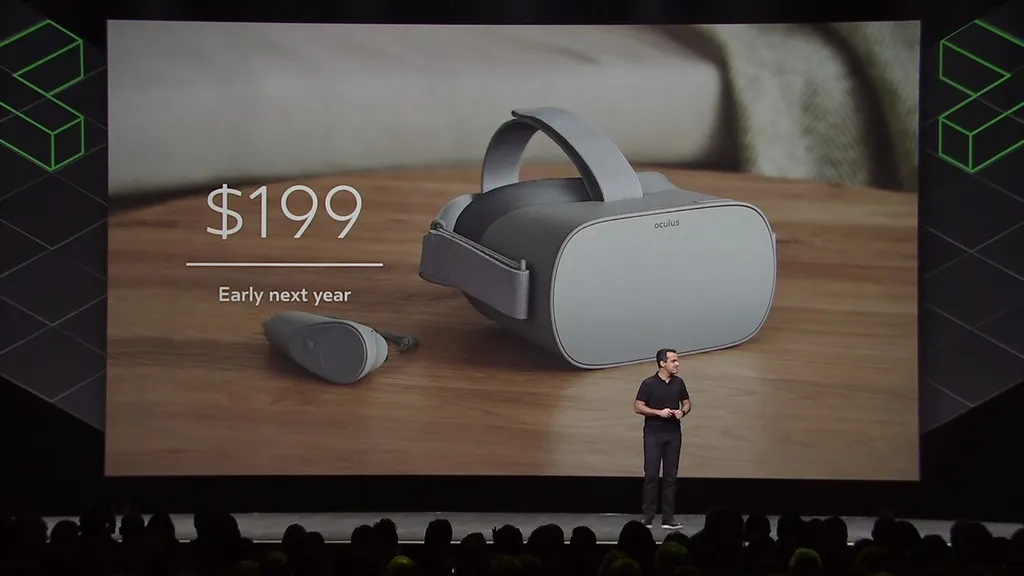2017 was a busy year for VR but not entirely in the ways you might have envisioned. While supposed headset sales failed to set the world on fire, Oculus made headlines for lawsuits and disputes while developers like CCP threw in the towel on the industry. It wasn’t all bad news; headset prices fell and major games were released, but it’s left the industry in a precarious position heading into 2018.
Whereas 2017 was largely about content, 2018 seems to have already turned its attention to hardware once more. We’re still waiting on Valve’s refresh to its SteamVR platform, for example, while Oculus readies the launch of the Go and developer kits for Santa Cruz. Google, meanwhile, still has to give us an update on its WorldSense headsets and who knows what’s going on with Xbox VR? Excitingly, much of 2018 seems unpredictable right now, which makes these five questions for the industry all the more intriguing. Yet another busy year awaits.
What are 2018’s biggest VR games?
Over the holiday break we posted our massive list of 55 games we’re looking forward to playing in VR this year. There are some hugely promising titles in there from developers both new and old, but it’s hard to deny that the list is missing a special spark; something that truly has us on the edge of our seats in anticipation. This time last year that something was Fallout 4 VR or Resident Evil 7, but there doesn’t really seem to be anything of that caliber to replace them in 2018 just yet.
That’s not to say there won’t be; Skyrim VR and L.A. Noire: The VR Case Files were both announced and released within 2017, but we can’t help but get a little anxious with a few barren weeks and months ahead of us. Perhaps games like Firewall: Zero Hour or Raiders of Erda will prove to be breakout success stories, but we’re holding out hope for more AAA-level announcements as the year goes on.
When does the second generation of VR arrive?
It was nearly two years ago that the Oculus Rift and HTC Vive launched now and, while both still deliver amazing experiences, they’re also starting to look just a little dated in some respects. Both rely on external tracking sensors, for example, while new devices from Microsoft and others feature inside-out solutions with those sensors instead fitted to the headset. VR optics continue to gradually improve, meanwhile, as does the technology that powers content. Is it time for an upgrade?
That’s not as simple a question as it first sounds. While you could constitute the second generation of VR as simple sequels to the Rift and Vive, VR is evolving in different ways right now. 2018 promises to introduce several new standalone headsets that won’t be as powerful as PC-based devices, but won’t need to be tethered to them, either. Then there are new challengers like LG’s SteamVR headset that might introduce new ideas, while Valve’s updates to the platform as a whole could hugely benefit existing Vive owners. The shape of the VR landscape could be very different this time next year.
Where is Xbox One X’s VR support?

Here’s a leftover from 2017’s questions. We still don’t know when Xbox One X’s promised VR support is coming, nor what it looks like. Microsoft’s enhanced console is already providing gamers with 4K experiences, but it’s still keeping tight-lipped about the ‘Mixed Reality content’ it said would be coming to the system this year. Have plans changed or is 2018 the year that Xbox finally goes VR-ready?
If the latter is true then we’re hoping to hear more about the hinted-at wireless VR device very soon. Microsoft laid the foundations for Mixed Reality with the launch of partner-built headsets late last year, suggesting that whatever device comes to Xbox One, it could feature inside-out positional tracking. If that’s the case, Sony’s PlayStation VR (PSVR) may suddenly look considerably more dated than it already does.
Where is Google WorldSense?
Halfway through 2017 we asked where Google’s new standalone VR devices would fit into the VR landscape. Now we’re just wondering where they are at all. At last year’s I/O developer conference, Google revealed it was working on a reference design for headsets with six degrees of freedom (6DOF) ‘WorldSense’ tracking with a 3DOF controller running on its Daydream mobile VR platform. Devices from HTC and Lenovo were supposed to be properly detailed later in the year.
Since then, HTC has canned its headset in favor of the Chinese Vive Focus, while the Lenovo headset is still said to be in the works. Exactly when will we see this device and how does it plan to compete against other standalones with 6DOF tracking for both headset and controller like the just-announced Pico Neo? Google has a lot of explaining to do in 2018.
Will PlayStation VR maintain its lead?

With over two million units now sold, it’s largely thought — though entirely unconfirmed — that Sony’s PSVR headset is comfortably leading the sales race between the three major VR headsets. But will Sony be able to maintain that lead in the new year? PSVR is a great headset, but it’s already outdated in several key areas like tracking and screen resolution, and it’s likely we won’t see a true upgrade until the next PlayStation console.
It could be that the gap between PSVR and Rift/Vive is already too large for its more expensive competitors to catch up, though the advent of Xbox VR, standalone devices and other competitors means Sony shouldn’t rest on its laurels. The company is going to have to keep delivering great content in 2018 if it wants to stay relevant (though, judging by how many games in our 2018 list are PSVR-exclusive, that shouldn’t be an issue). We hate to beat a dead horse, but it might be nice to get some better controllers, too.




























